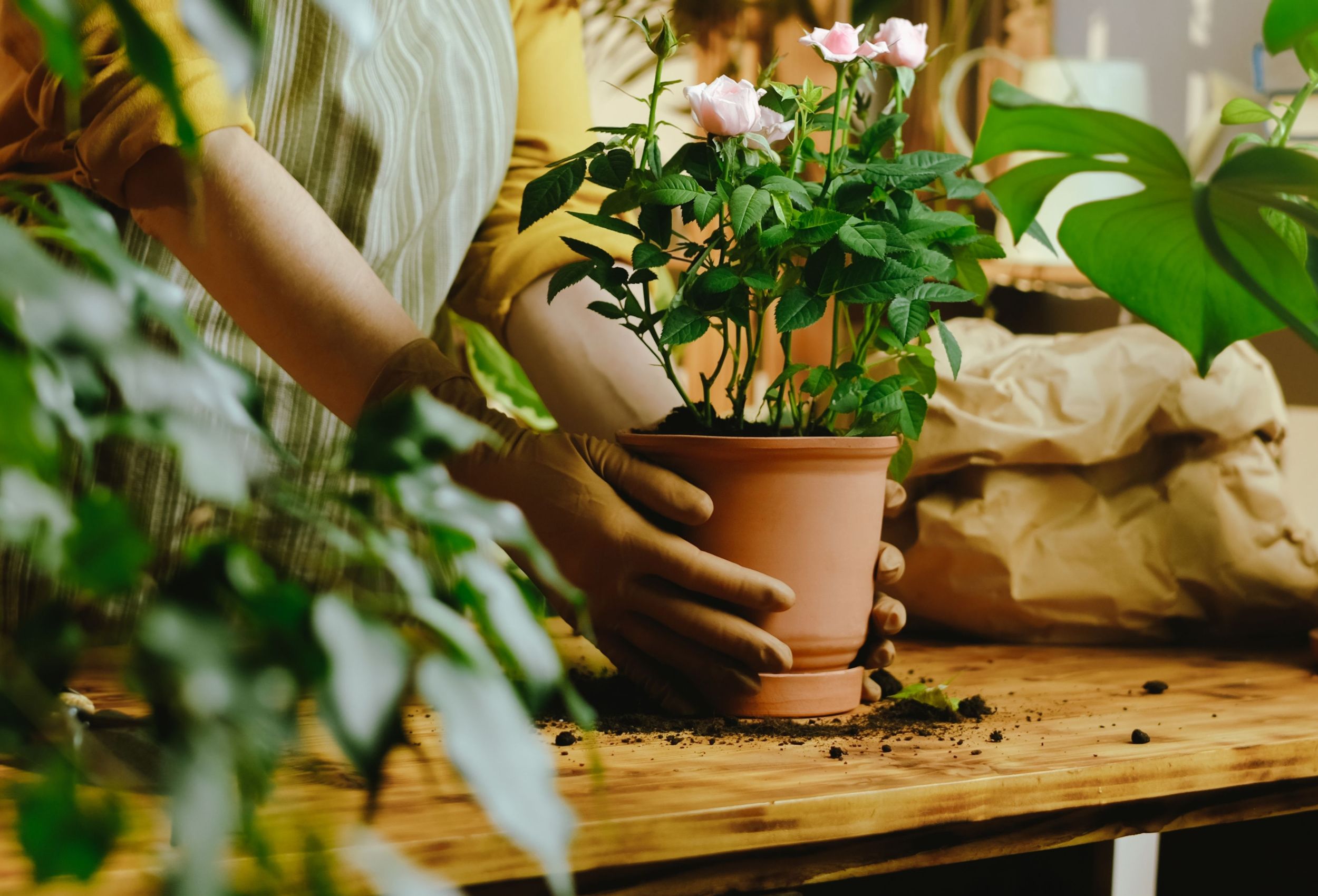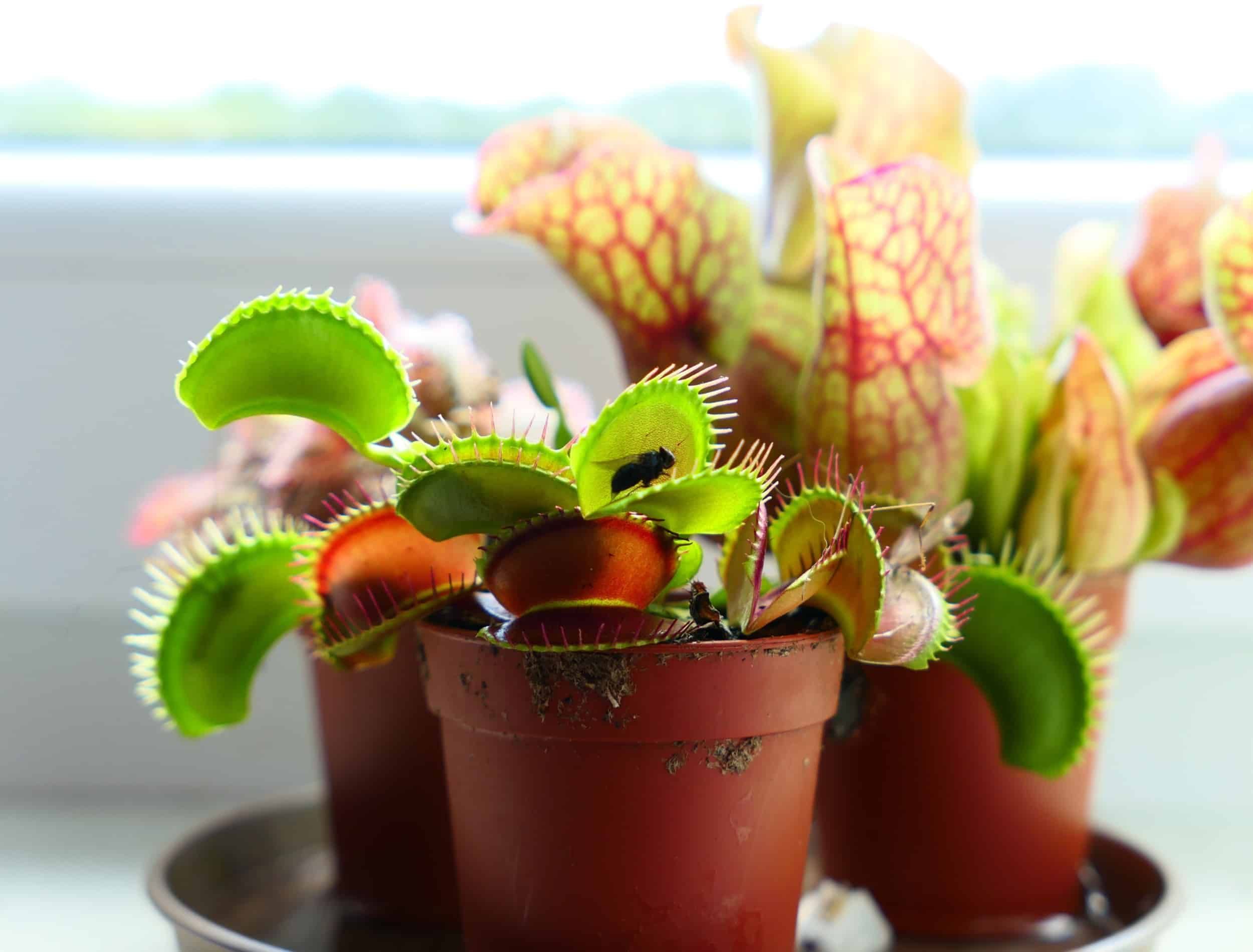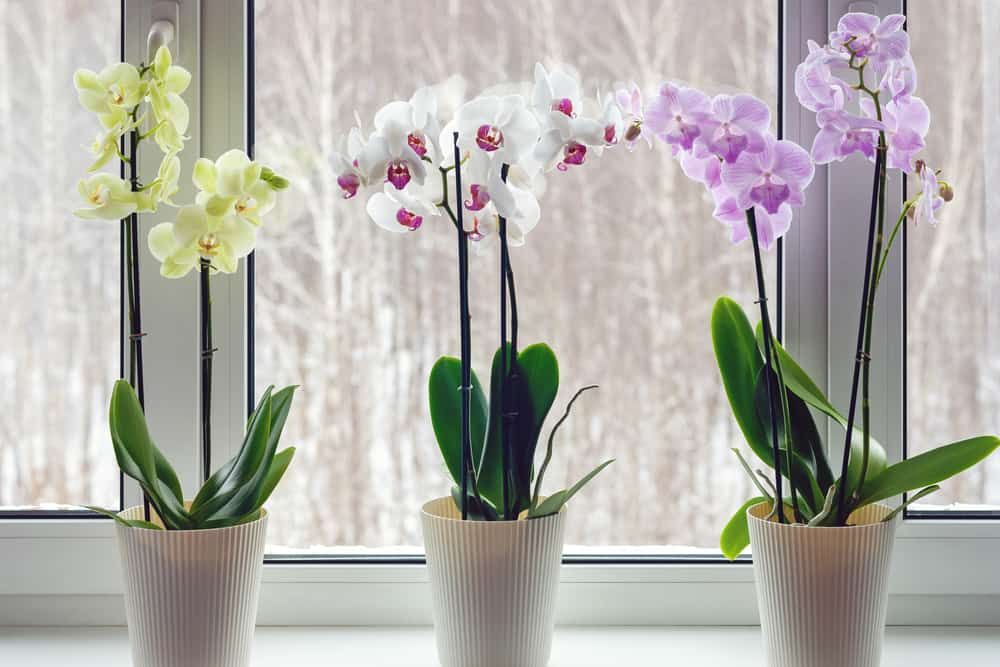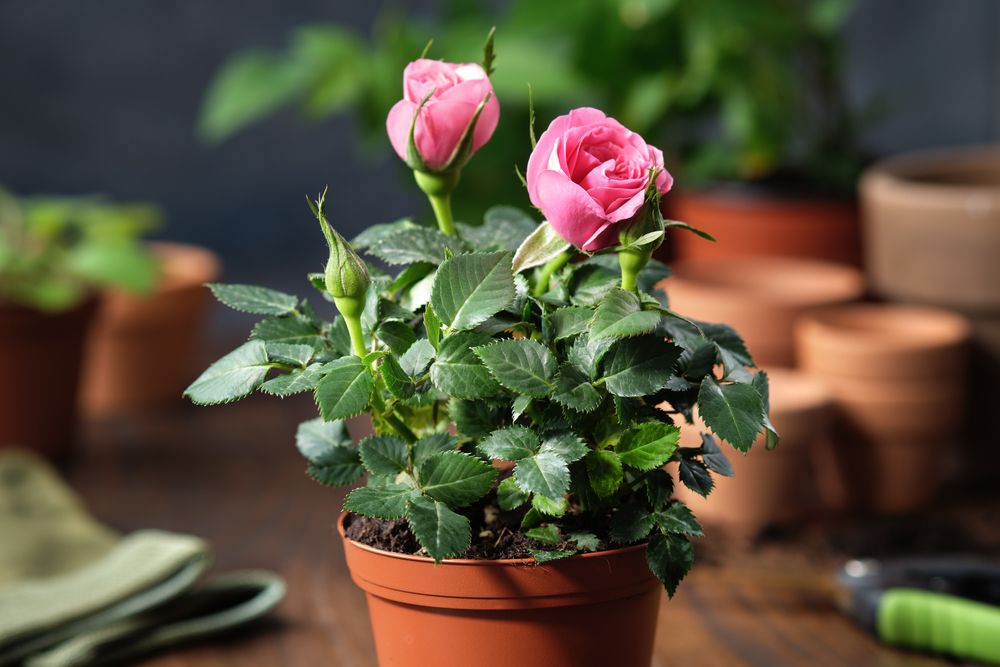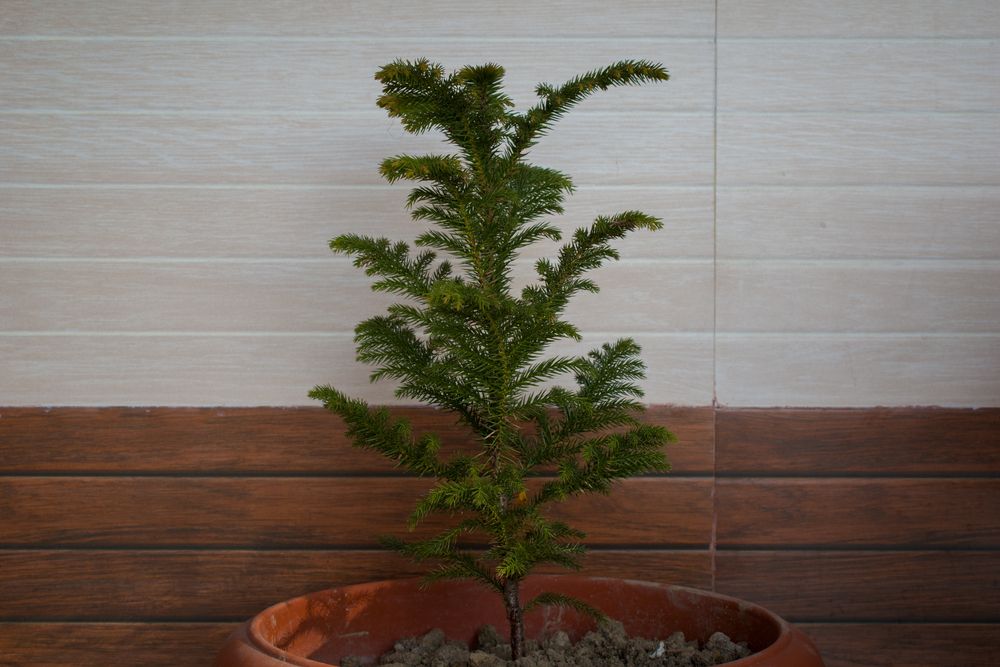Bringing plants into your home has many benefits - and caring for them is known to be great for mental health. While all plants require care, some are more high-maintenance than others. From roses that require precise humidity levels to carnivorous plants that need weekly feedings, these four plants need extra time and attention to thrive.
So, before you go filling your garden center basket with lush green houseplants, take a look at this list and make sure you're prepared for the upkeep.
Venus Flytraps
Image credits: Studio Barcelona via Shutterstock
The Venus flytrap is a plant that needs lots of attention and will keep you on your toes! These carnivorous plants need strong, direct light for at least six hours per day in order to stay healthy and active. If you don't get enough natural sunlight, then you'll need to consider supplementing with grow lights.
Also, they require a moist (not soggy) potting medium that mimics their natural habitat. That means adding water to the dish beneath the pot instead of directly on top of the soil in the pot itself. Keep an eye out so there's at least a 2-inch margin between the top of the water level in the dish and the top of the soil in the pot. You don't want to drown your plant! Also, never let the dish dry out.
You need to give these plants special water. Distilled, rainwater, or reverse-osmosis water will work best. Do not use tap water or bottled or filtered water. Too much salt in the wrong type of water can be fatal for these sensitive plants!
While these plants thrive in temperatures between 65 and 75 degrees Fahrenheit, they are very sensitive to even slight changes in their environment. So, if you're thinking about getting one, make sure you keep it away from air conditioners, heaters, drafty windows, and doorways.
Unlike other houseplants, Venus fly traps require frequent feeding to stay healthy and happy. Feed your Venus flytrap live prey—about once a week to two weeks is recommended. Spiders, flies, crickets, and slugs all make suitable snacks for these hungry carnivores. Live meal worms or crickets are acceptable as well.
Orchids
Image credits: Nadya So via Shutterstock
When it comes to orchids, you can't just water them and forget about them. If you want your orchid to thrive, you must be vigilant. Overwatering is the number one killer of orchids, so make sure to check the soil before you add any more water. Allow it to dry out completely between watering sessions and never leave the plant sitting in a pool of water.
In addition, these high-maintenance plants need regular feeding with a balanced fertilizer, such as 20-20-20.
Orchids require specific light levels to induce their beautiful blooms and it can be tricky to get the lighting just right.
The key is to pay attention to the color of the leaves - if they're looking pale green or yellowish, it's a sign that they're not getting enough light. Make sure your plant has access to plenty of natural sunlight (or grow lights) and adjust accordingly until the leaves are a rich green color.
Miniature Roses
Image credits: Chamille White via Shutterstock
Miniature roses are a popular choice for indoor gardens. But they come with a catch – they need lots of love and attention! If your miniature rose isn't getting the right amount of sunlight, it will become pale and weak. Provide your miniature roses with at least six hours of bright sunlight to make sure your plant is happy. If you can’t give them that much natural light, invest in a grow light – otherwise your mini rose won’t bloom.
In addition to sunlight requirements, these tiny beauties need a lot of water to grow. Check the soil every day or two, if it feels dry then you should give it some much-needed water. Pour until you see water coming out of the drainage holes. Just don't leave them sitting in that run-off as this can cause root rot. Roses like damp, not too soggy or overly dry soil.
When it comes to humidity, miniature roses require a lot. Approximately 50 to 55 percent. That means if your home is on the drier side (which is usually the case) invest in a pebble tray or humidifier for your tiny roses. Not only will this help keep them healthy and happy, but it'll also ward off pesky spider mites.
Norfolk Island Pine Trees
Image credits: Navaashay via Shutterstock
Norfolk Island Pines might look beautiful and majestic, but they're not for the faint of heart! They are not true pines as their appearance suggest, they are in fact tropical plants. These lush houseplants aren't cold-hardy, they require at least 50% humidity. If you want your Norfolk Pine to stay looking its best, place a humidifier near the plant or put a pebble tray under your planter.
Additionally, these fickle plants prefer direct sunlight. If your tree is growing leggy it could be due to inadequate light. Make sure to move it to a sunny spot and rotate its pot every few days to ensure even growth.
You also need to keep their soil acidic. Use peat moss to help create an acidic environment in which these plants thrive.
Finally, these trees require regular pruning in order to keep their majestic shape and stay healthy. This means that you will have to dedicate time and attention to your tree if you want it to remain in good condition – not something everyone can commit to!
So, unless you have the right environment, these trees won't last long in your home.
In Summary
If you're an experienced gardener or simply just feeling brave, take on one of these challenging plants! Just be sure to take the time to care for these fickle plants and do the necessary research. Also, share this article with your gardening friends. They'll definitely appreciate the heads-up!
Do you have any tips or tricks for dealing with high-maintenance houseplants? Leave a comment below!

